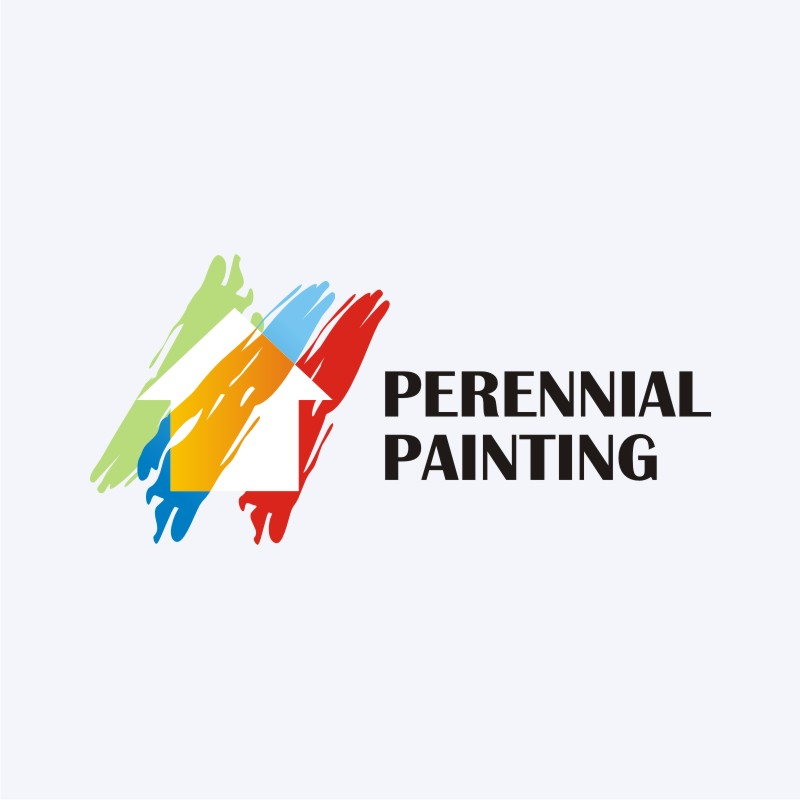The Duty Of Weather Condition In Commercial Exterior Painting: What You Required To Know
The Duty Of Weather Condition In Commercial Exterior Painting: What You Required To Know
Blog Article
Content Composed By-Welsh Bendtsen
When you're preparing an industrial outside painting project, do not ignore the effect of weather condition on your outcomes. You need to think about variables like temperature level, moisture, and rainfall, as they can make or damage your paint task. As an example, did you know that perfect conditions require particular temperature ranges and moisture degrees? Stopping working to keep track of these elements can cause irregular finishes or even damage to fresh paint. Understanding these components is crucial to achieving a lasting, professional outcome. So, what specific climate condition should you be wary of?
Temperature level Considerations
When it pertains to industrial external paint, temperature plays a crucial role in the result of your task. If you're repainting in severe warmth, the paint can dry as well swiftly, causing concerns like inadequate attachment and unequal finishes. You want to aim for temperatures in between 50 ° F and 85 ° F for the best outcomes. Listed below 50 ° F, paint may not heal correctly, while over 85 ° F, you run the risk of blistering and splitting.
Timing your task with the appropriate temperatures is crucial. Start your work early in the early morning or later on in the afternoon when it's cooler, specifically during hot months.
Also, take into consideration the surface area temperature level; it can be dramatically higher than the air temperature, specifically on bright days. Make use of a surface area thermometer to examine this before you start.
If temperatures are unforeseeable, watch on the weather report. Abrupt temperature drops or heat waves can hinder your plans. You don't want to start painting only to have the conditions alter mid-project.
Humidity Degrees
Moisture degrees significantly affect the success of your industrial outside paint job. When the moisture is too expensive, it can hinder paint drying out and healing, leading to a series of issues like bad bond and complete top quality.
If you're intending a work during damp conditions, you could locate that the paint takes longer to dry, which can prolong your task timeline and boost costs.
On the other hand, reduced moisture can additionally present difficulties. Paint might dry also quickly, stopping proper application and leading to an irregular finish.
You'll wish to keep an eye on the humidity degrees very closely to ensure you're functioning within the excellent variety, normally in between 40% and 70%.
To obtain the best results, consider utilizing a hygrometer to measure humidity before beginning your project.
If https://painter-near-me31087.blogrenanda.com/39462225/step-into-deep-space-of-accent-wall-surfaces-to-change-your-environments-easily-but-at-first-find-the-essential-ideas-for-a-fascinating-makeover locate the levels are outside the optimum range, you might require to readjust your routine or select paints made for variable conditions.
Always get in touch with the manufacturer's standards for specific suggestions on humidity resistance.
Precipitation Effect
Rainfall or snow can substantially interrupt your industrial outside painting strategies. When rainfall happens, it can get rid of newly used paint or develop an uneven surface. Preferably, you intend to select days with completely dry weather condition to make sure the paint adheres properly and cures efficiently. If you're caught in a shower, it's finest to halt the task and wait on problems to boost.
Furthermore, https://www.hellomagazine.com/homes/2019052373394/kirstie-allsopp-decorating-advice-grey-paint/ can be even more harmful. Not only does it develop a damp surface area, however it can additionally reduce temperatures, making it tough for paint to dry. This can cause issues like peeling off or blistering down the line.
It's essential to inspect the weather forecast prior to beginning your project. If rain or snow is forecasted, think about rescheduling.
Constantly keep in mind to enable sufficient drying time between coats, particularly if the weather condition continues to be unforeseeable.
Conclusion
Finally, keeping an eye on the climate is important for an effective industrial external painting task. By keeping track of temperature level, moisture, and precipitation, you can guarantee the best conditions for application and treating. Keep in mind to prepare your work around desirable weather condition and always comply with manufacturer guidelines. With the ideal approach, you'll accomplish a long-lasting, gorgeous coating that can withstand the aspects. Do not let the climate catch you off guard-- remain informed and repaint smart!
